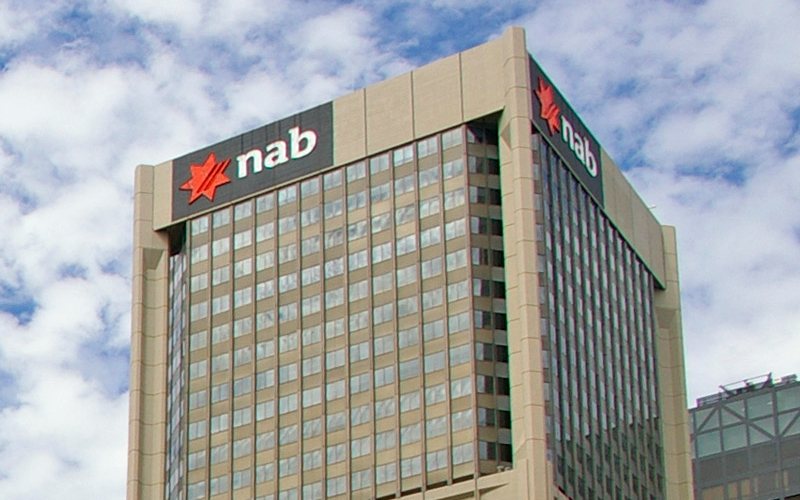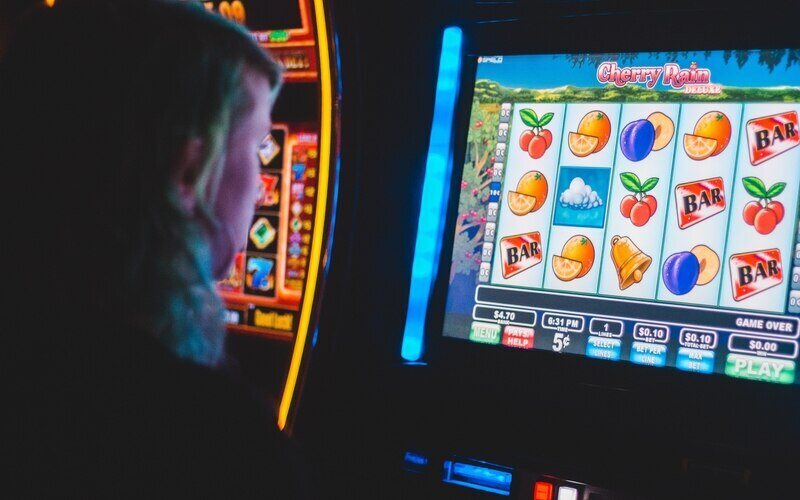While existing customers can continue to use their card, applications are closed to new sign-ups.
"We're making some changes to focus on the products our customers use the most. This change helps us invest in new features and services that better support Australians with their everyday banking," NAB consumer finance executive Lin Lu told Savings.com.au.
"Our fee and interest free NAB Now Pay Later is still available for anyone who wants a no-interest, fee-free way to split the cost of their purchases into four simple instalments over six weeks."
Cast your eyes back to 2020: Interest rates were incredibly low (at the time, 0.25% from the RBA); buy now pay later (BNPL) was being touted as a major financial disruptor in consumer credit; and chief health officers were local celebrities in a case of Stockholm Syndrome.
This gave rise to the launch of zero-interest credit cards from NAB and days later, CommBank's 'Neo' credit card in September that year.
While no interest technically applied, if there was a balance carried, customers faced a monthly fee; NAB's started at $10 a month if cardholders drew on their $1,000 limit.
Fees were increased for higher balances late last year.
This works similarly to BNPL platforms such as Afterpay and Zip where a late fee applies should a customer not pay off their instalments; unlike BNPL however, customers could draw on their line of credit at any time.
Depending on the fee structure and balance carried, the monthly fees on no-interest cards and BNPL could easily have exceeded the interest rates experienced on many mainstream credit cards when expressed as an annualised percentage.
Grant Halverson - former Citi and Diners Club executive, and head of payments consultancy McLean Roche - said NAB's decision wasn't a surprise.
"It's all about cost of money - current interest rates mean this product is losing money as NAB has to fund the gap between paying merchants and being paid by consumers," Mr Halverson told Savings.com.au.
"Given the small scale of NAB's product they have decided to get out."
NAB's half year results will be delivered on Wednesday, potentially shedding a light on the health of its credit card portfolio, including the integration of the Citi product suite.
War on BNPL won?
Since the heady days of 2020 and 2021 - where t-shirt wearing tech bros from fintech BNPL platforms shouted from the rooftops their products were not credit, that they were disruptors and that shoppers are better off with BNPL than credit cards - business conditions have become a lot tougher.
The RBA cash rate is 400 basis points-odd higher, meaning the cost of their all-revenue, no-profit business model is no longer sustainable.
Several BNPL firms in recent years have exited the market, including: Openpay, Fupay, and Affirm, just to name a few.
Major incumbents - such as the major banks and others like Paypal and Apple - also offer their own versions of BNPL, and have muscled-in on the sector.
"BNPL is a niche product that does well when interest rates are low - now you have two or three [fintech] survivors in Paypal, Afterpay and Zip, down from 50-plus providers in 2020," Mr Halverson said.
McLean Roche analysis of opaque BNPL financial reports shows the instalment model makes up less than 1% of the value of the Australian payments, consisting of about $20.2 billion of payments in the full year to September 2024.
This is compared to $331b for credit cards, and an overall landscape totalling nearly $1.6 trillion.
Starting in June 2025, BNPL platforms will also have to apply for a credit licence, have ASIC accept that lodgement, and become a member of the Australian Financial Complaints Authority like other credit providers.
Some retailers have also urged customers not to pay via BNPL as the fees are high for accepting them, averaging 3.5% according to RBA data from mid-2024.
This contrasts to around 1% to 1.5% for Visa or Mastercard, and less for Eftpos.
A payments system review by the RBA in mid-2024 opened up the notion of retailers being able to surcharge for BNPL payment methods.
How surcharges are treated is set to be a major payment point of contention between the RBA and the new Albanese Government.
Still, that hasn't stopped the BNPL sector from claiming supremacy; a recent survey commissioned by Afterpay claims more than half of Gen Z "get the ick" from credit cards.
It also found credit cards are the least popular payment methods among younger people.
Image provided by NAB media gallery
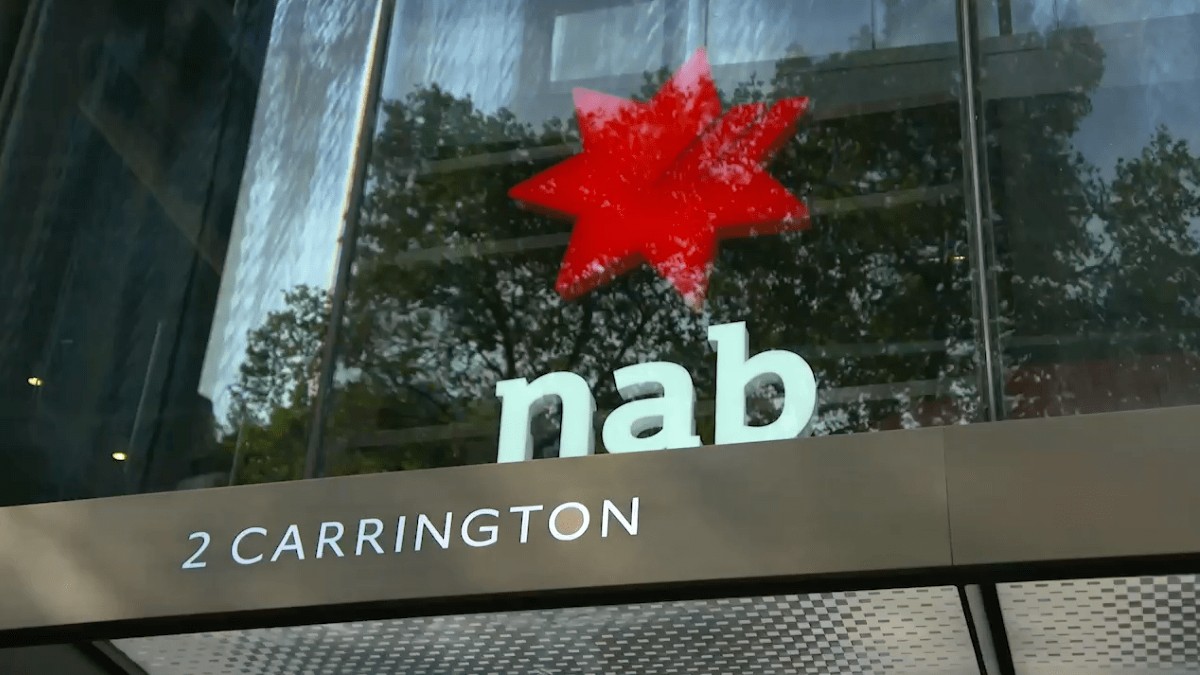
.jpg)
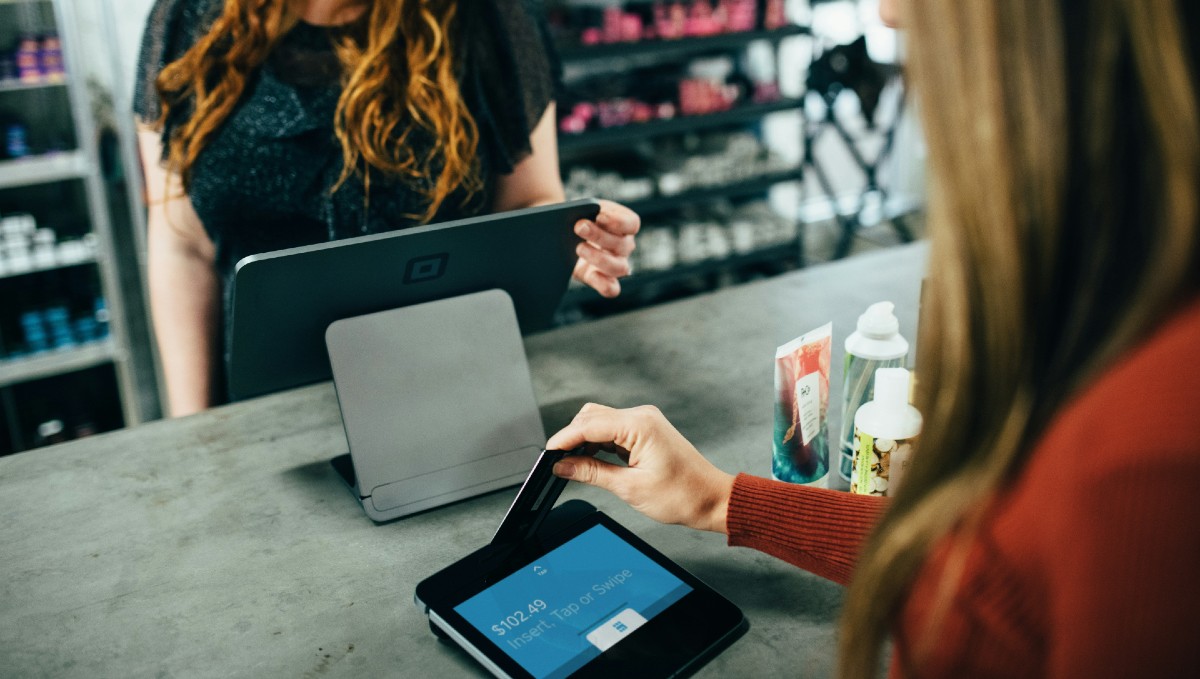
 Denise Raward
Denise Raward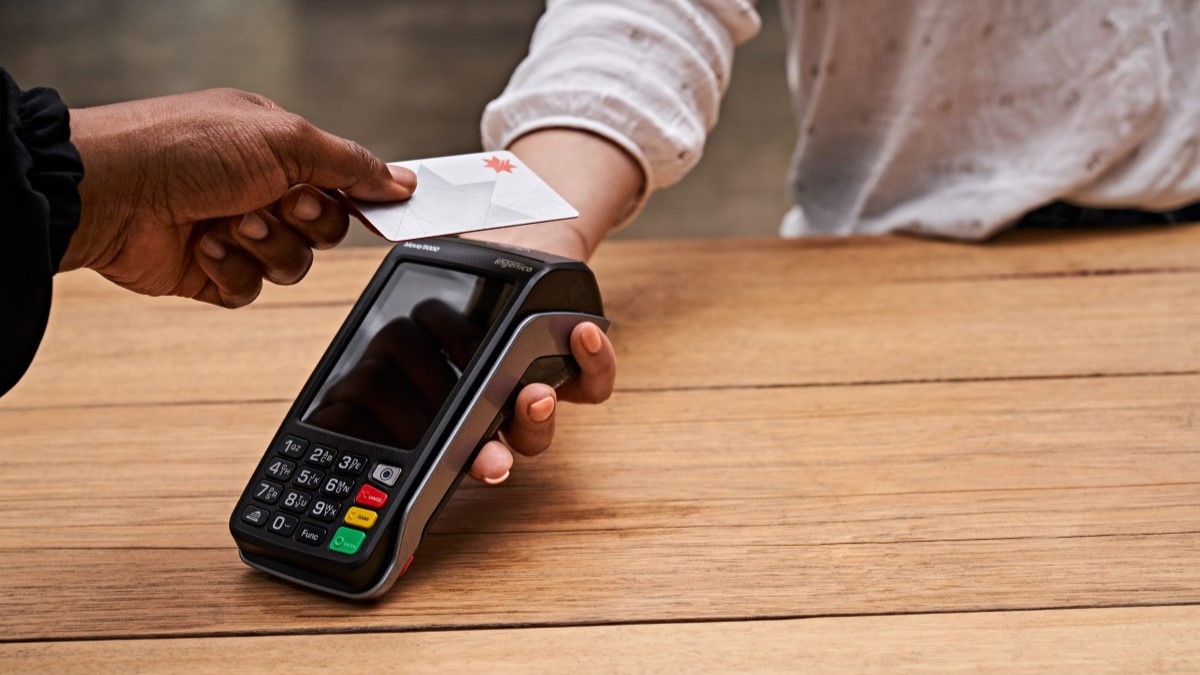

 Harry O'Sullivan
Harry O'Sullivan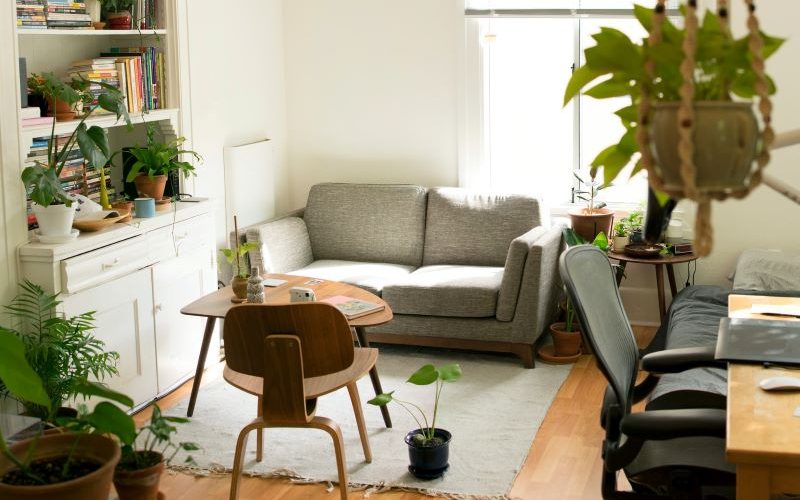
 Harrison Astbury
Harrison Astbury